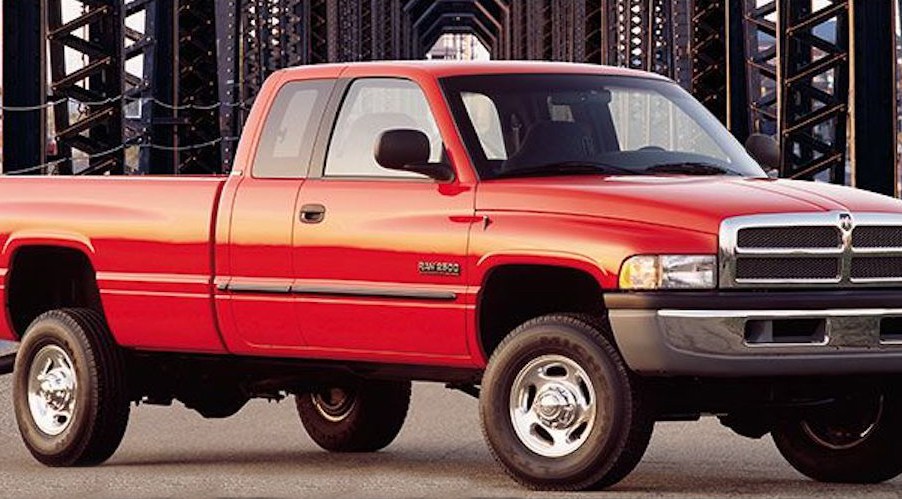
These 2 Ram 5.9-Liter Diesel Problems Kill Engines
Ram’s 5.9-liter Cummins diesel engine has proven to be a stout powerplant for medium-duty 2500 and 3500 trucks. The first 12-valve 5.9 debuted in 1989 from the Ram and Cummins collaboration. With fixed geometry turbocharging, it was a strong but simple design. Then in mid-1998, the new 5.9-liter 24-valve design was introduced, lasting through 2002. Both developed two issues that, in many cases, can be catastrophic, requiring an entirely new replacement engine.
These two issues even have names, “53 block,” and “killer dowel pin.” Mention either of those terms, and 5.9 12-v and 24-v enthusiasts know exactly what you’re talking about. So what are these two 5.9 issues, when can they happen, and what can be done to fix them?
Cummins 5.9-liter “53 block”
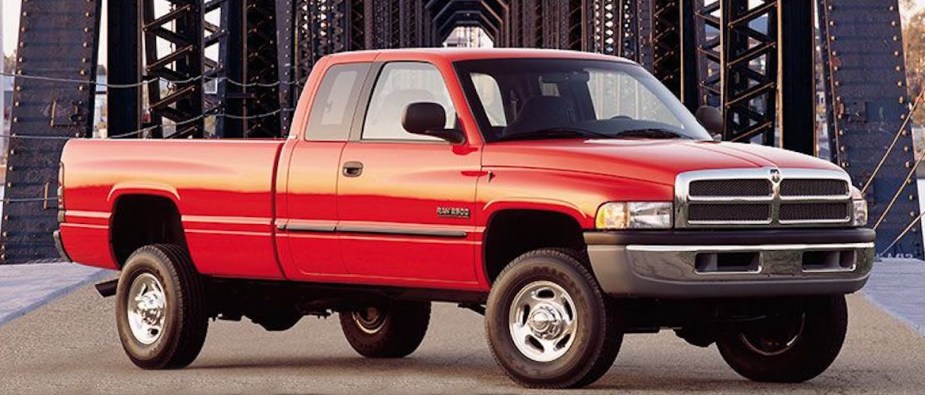
“53 block” refers to Cummins 24-valve diesel engines that have “53” identification cast into the blocks. The casting number is found on the passenger side of the block. These castings came from TUPY in Brazil. They’re notorious for having thin water jacket walls that crack over time. The causes can be from overheating, pulling heavy loads, and not allowing engines to warm up after cold starts.
It should be noted that some 12-valve 5.9-liter Ram Cummins engines also had 53 block castings. So far, there don’t seem to be cracked water jacket issues with these engines. Ram estimates that over 100,000 ISB 53 block 24-valve engines have been produced.
Once cracks progress, coolant can begin leaking out. If the cracks go unnoticed, they can eventually lead to jacket wall degradation causing coolant to begin traveling through the engine. Coolant-contaminating oil can result in catastrophic failure from burned cam bearings and/or crankshaft main bearing failures. Block castings with “54” or higher casting numbers are preferable to earlier blocks.
How to fix Cummins 5.9-liter 53 block cracks
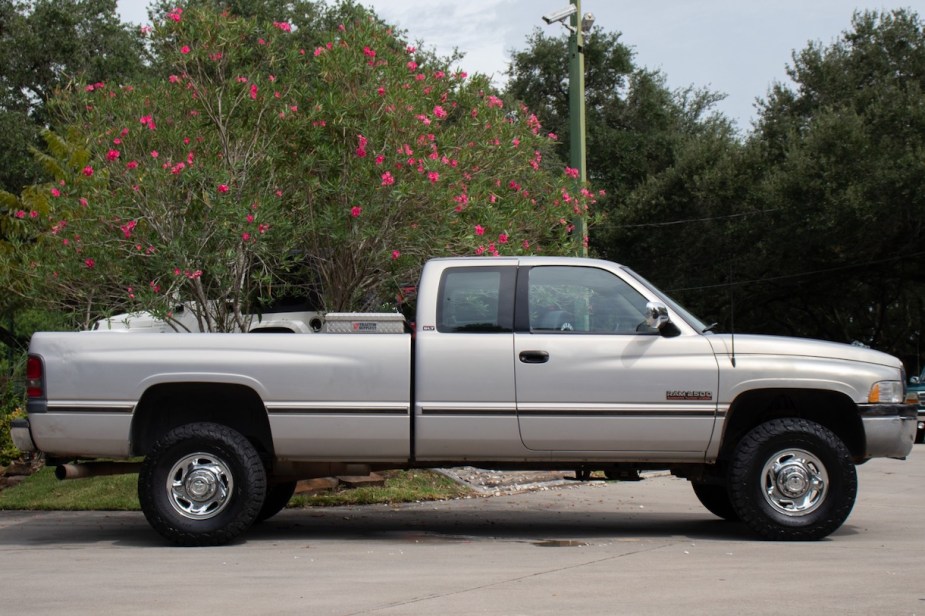
The recommended fix is to use Lock N Stitch. It is not recommended to weld the cracks because this hardens the surrounding metal, which can cause more severe cracks to develop. Trucks with automatic transmissions may harder to see where cracks most commonly occur because the transmission heat exchanger is in the way.
Should you have a truck with this casting, don’t modify the engine, warm the engine after a cold start, and try to keep from applying heavy throttle pressure under loads. And pay attention to coolant leaks in the lower portion of the block, especially below the freeze plugs.
Cummins 5.9-liter “killer dowel pin”
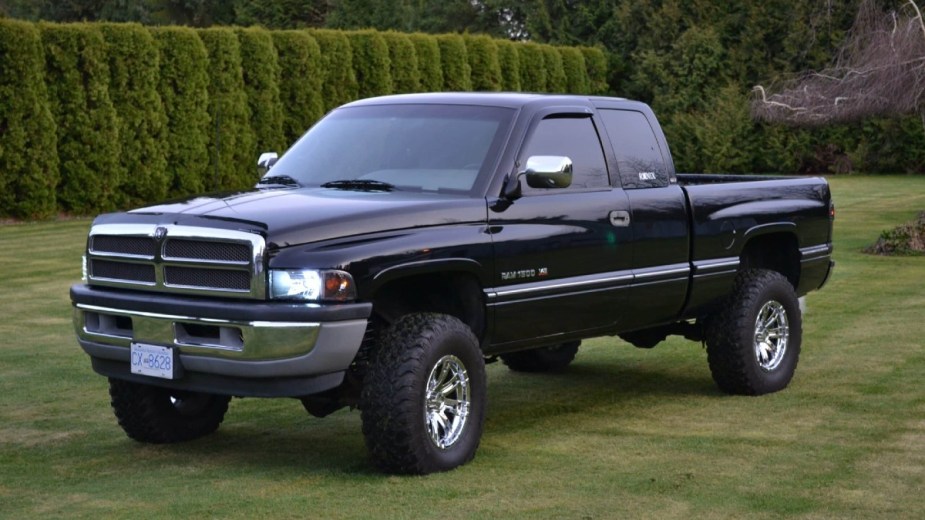
During the assembly of both the 12-v and 24-v 5.9-liter Cummins, a small metal dowel is used to help align the front gear housing. You can find it to the left of the injection pump gear just above the camshaft gear. If that pin, or should we say, if that “killer dowel pin” loosens, it can dislodge and fall down the front cover.
Should that happen, it can have catastrophic results. Most of the instances of this happening involve the 12-valve 5.9, though it is known to happen to both versions. It is thought that the 1994 to 1998 engines with a Bosch P1700 injection pump create different harmonics than earlier engines with the VE44 rotary injection pumps. Those harmonics cause the 12-v dowel pins to loosen over time.
What happens if the Cummins dowel pin dislodges?
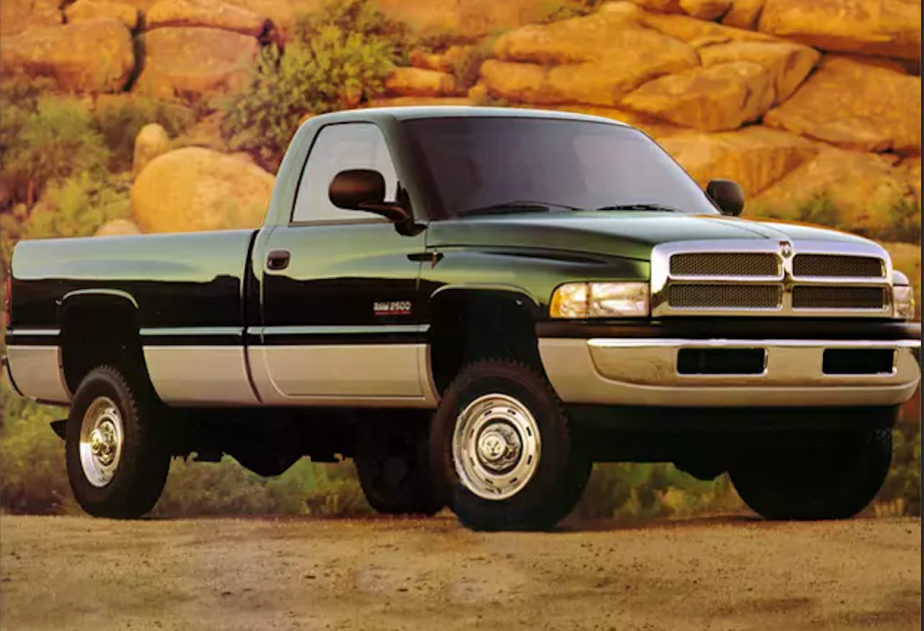
If a dowel pin does fall out, it gets banged around inside the housing. The first two failures that are possible from this are cracked cam gears and/or cracked housing. It can also fall down between the cam and injection pump gears.
This is the worst case because it causes valves to come into contact with the pistons, killing the engine. And the catastrophic damage can’t be repaired. The best case if the dowel pin does dislodge is that it slips down through the housing and into the oil pan, where it can live happily forever.
Keeping the dowel pin from falling has an easy fix. Diesel Hub recommends a cheap metal tab kit that nests in between the block webbing and ties into a bolt next to the dowel. This holds the dowel in position forever. You’ll need to remove the front cover, which involves removing a number of components that can be time-consuming. However, the alternatives make it more than worth the time to lock that dowel pin down. It is also recommended to use RTV silicone as opposed to a replacement gasket when reinstalling the front cover.



